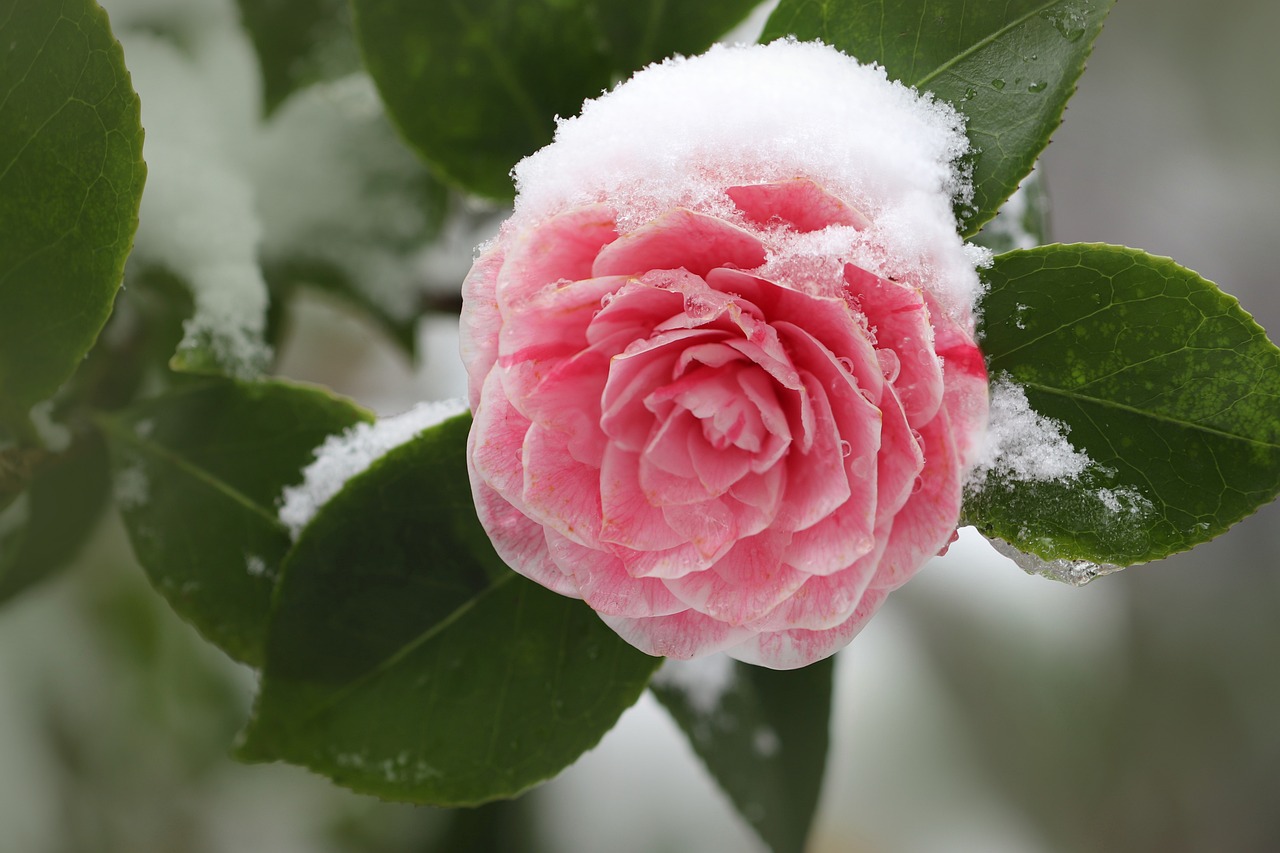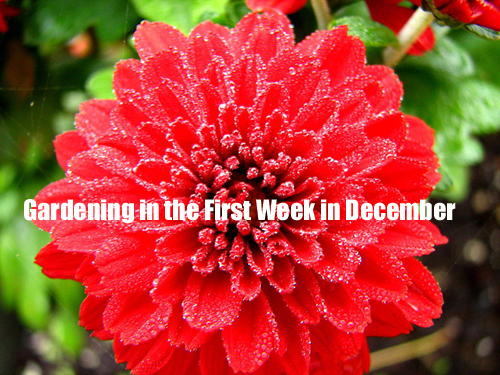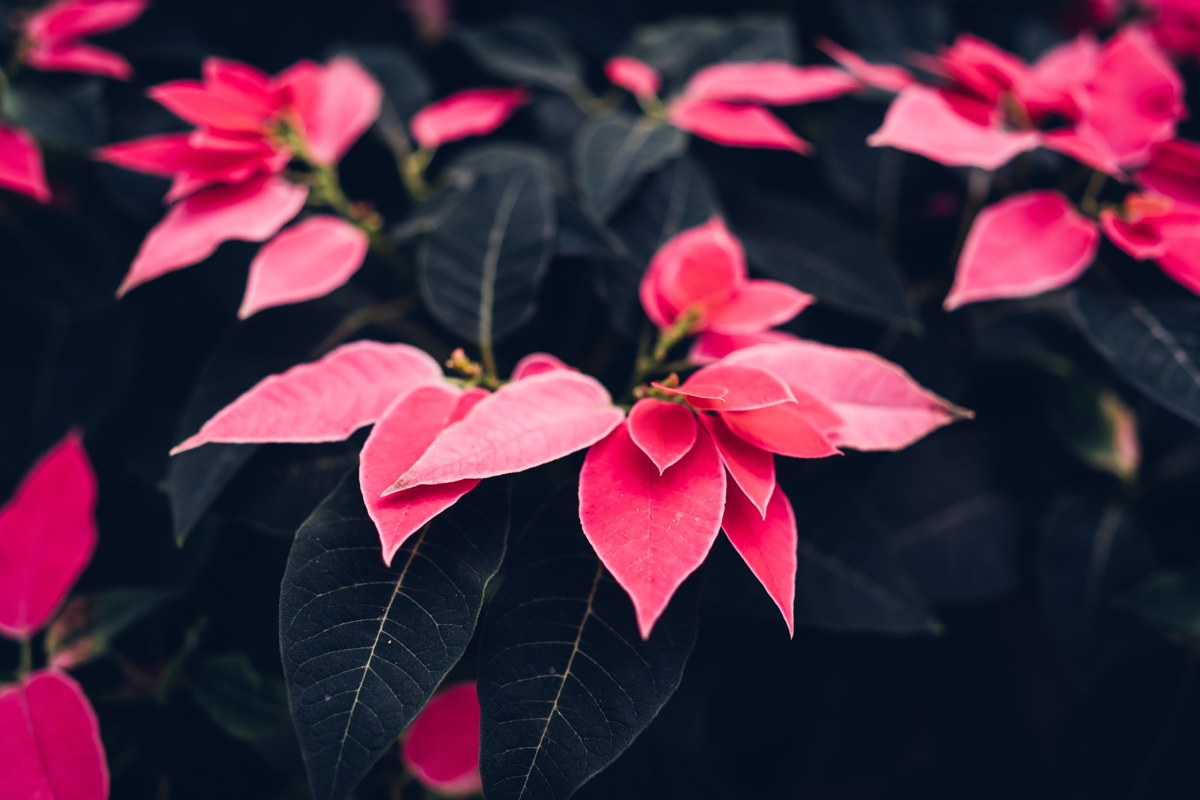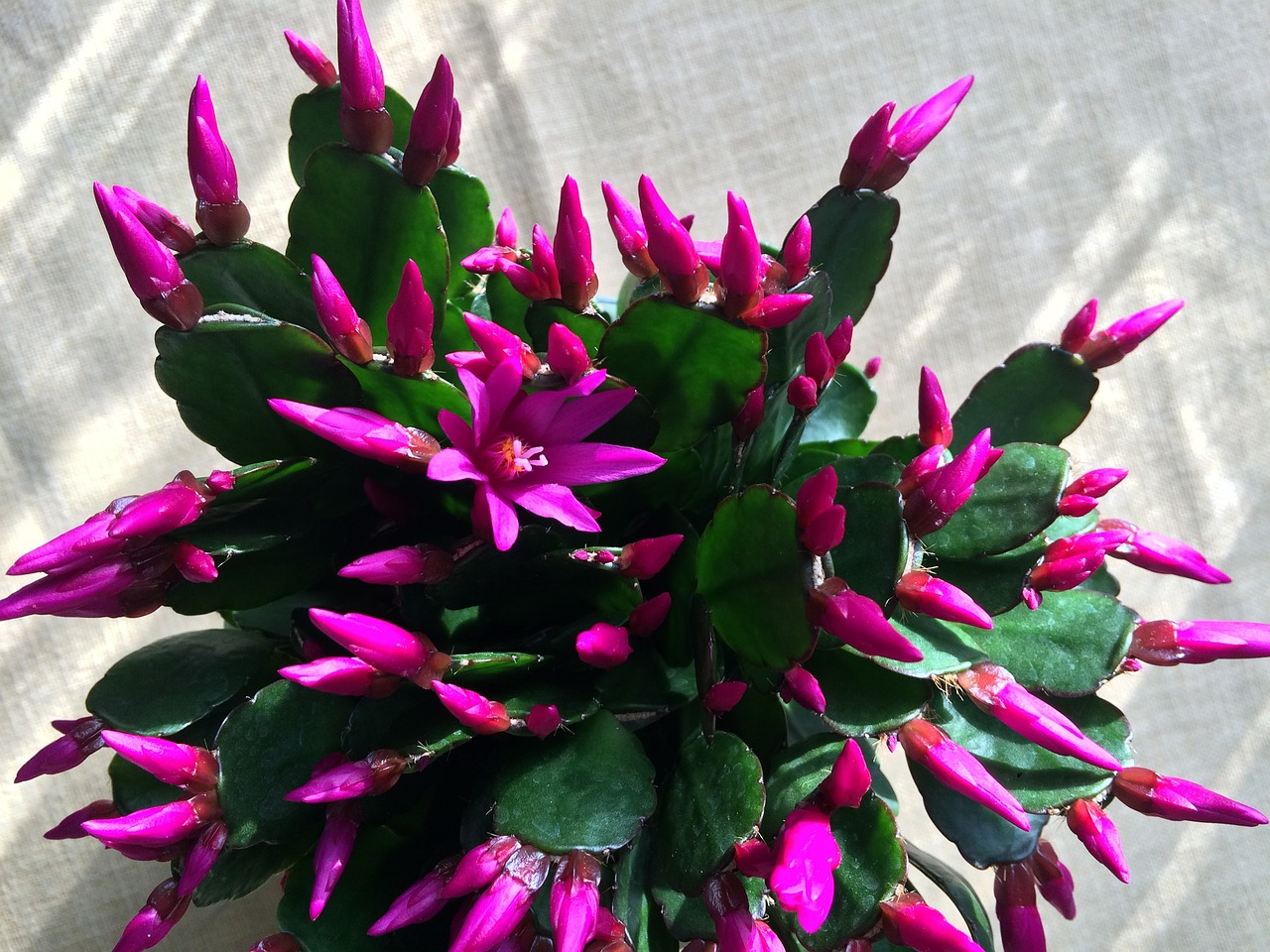Plant Cool Season Vegetables in September
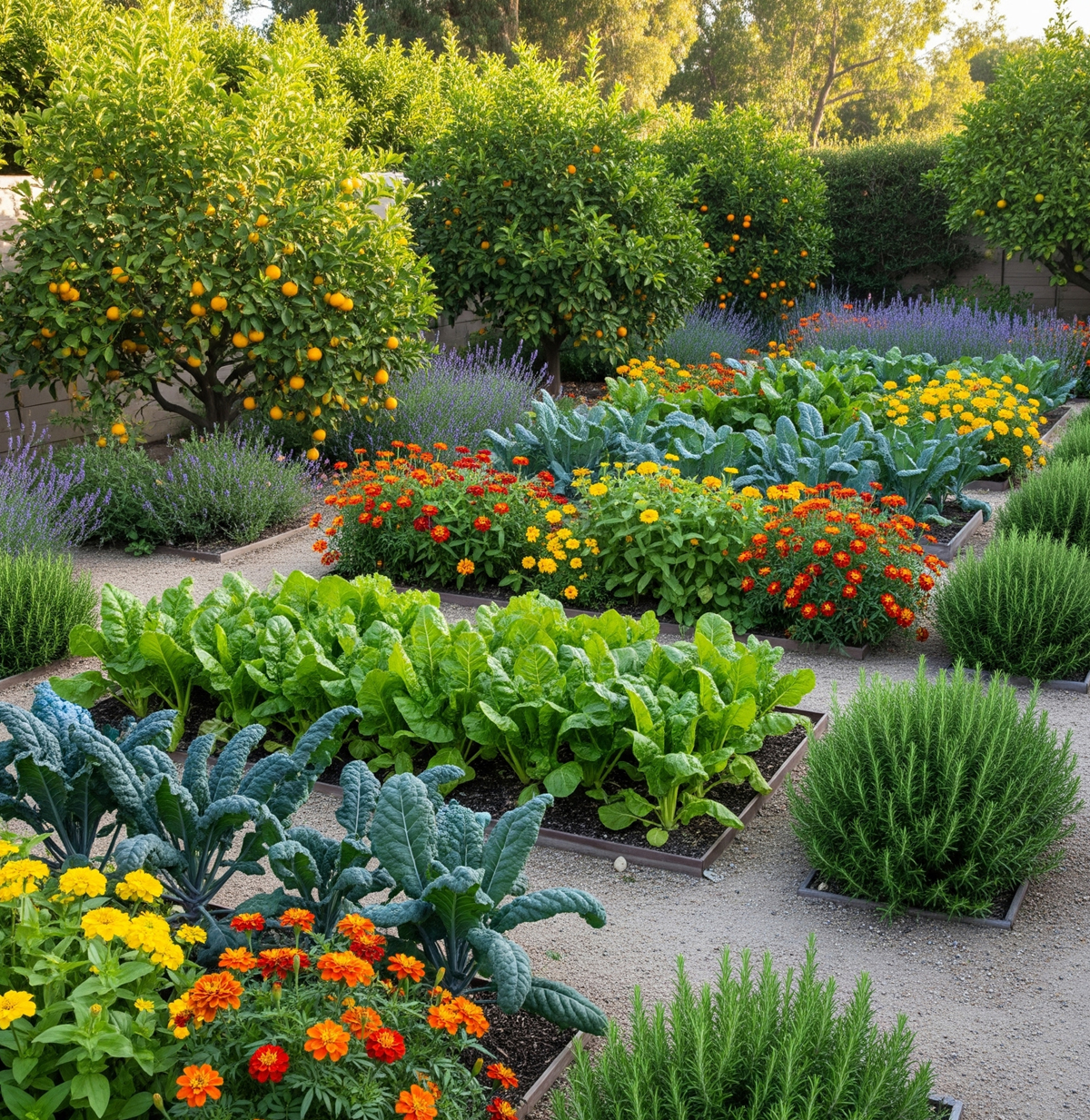
Although the temperature still feels like summer, now is the time for Southern California(also zones 9-10) gardeners to plant cool season vegetables for a spring harvest.
Prepare Soil for Fall Garden:
After the spring and summer growing season, garden soil needs a pick-me-up. Remove non-producing vegetable plants, loosen the garden soil and mix in a two-inch layer of organic compost. This is particularly important if the garden has clay or sandy soil. This will get your garden ready for fall planting.
Make Additions to Your Vegetable Garden:
Some vegetables thrive in cooler weather. After your summer vegetables have run their course, plant peas, fava beans, kale, leeks beets, broccoli, Brussels sprouts, radish, carrots, celery, potatoes and winter zucchini. You will see vegetables by early spring if not sooner depending on weather conditions. Tomato varieties such as Champion, Glacier, Taxi and Siberia can be planted in September. By mid-to late-October, you will be able to harvest a full crop. Pick the fruit a bit early and let them ripen indoors.
Plant a Winter Flower Garden:
Professionally landscaped gardens are blooming all year long in Southern California. There is no reason why backyard gardens can’t do the same. Warm Septembers enable gardeners to plant flowers for fall and winter blooms. These include chrysanthemums, sweet peas, pansies, calendula, snapdragons and sweet alyssum. When planting from seed, keep seedbeds moist, especially just after planting. Mulch the soil lightly, keeping the mulch an inch away from plant stems. Add mulch again in winter if frost is an issue. The mulch will retain daytime heat and keep the soil warm.
Feed and Water Citrus:
Citrus trees should be fed in spring and fall. Use a fertilizer especially formulated for citrus trees. These fertilizers include nitrogen with some phosphorous. Wilted, cupped or falling leaves could mean moisture stress from hot winds. Make sure you water your citrus trees deeply.
Prune Hedges and Shrubs:
After a summer of growth, hedges and shrubs can quickly become unkempt.Prune long straggly or dying stems. This will prompt new growth before winter.
Plant Fruit Trees:
The best times to plant fruits trees are in spring and fall. The advantages for a fall planting is that since the tree is in dormancy, all of its energy is focused on establishing its root system–making for a stronger tree by spring To reduce transplant shock, dig a hole for planting at least three times the size of the plant’s root ball is wide, but only as deep as its roots. Don’t plant the tree too low in the ground to allow for some settling. Firmly pack the soil around the tree to eliminate air pockets. Cover the soil with mulch to keep in moisture and help moderate winter’s unpredictable soil temperatures.
The Author:
Bill Camarillo is CEO of Agromin, an Oxnard, California-based manufacturer of premium soil products for the agriculture and horticulture trades and for consumer use. Each month, Agromin receives and processes hundreds of thousands of tons of urban wood and green waste. Agromin then uses a safe, organic and scientific system to formulate its soil products from the processed recycled green materials. http://www.agromin.com.
Photo. Anderson Querra
Source: EA



